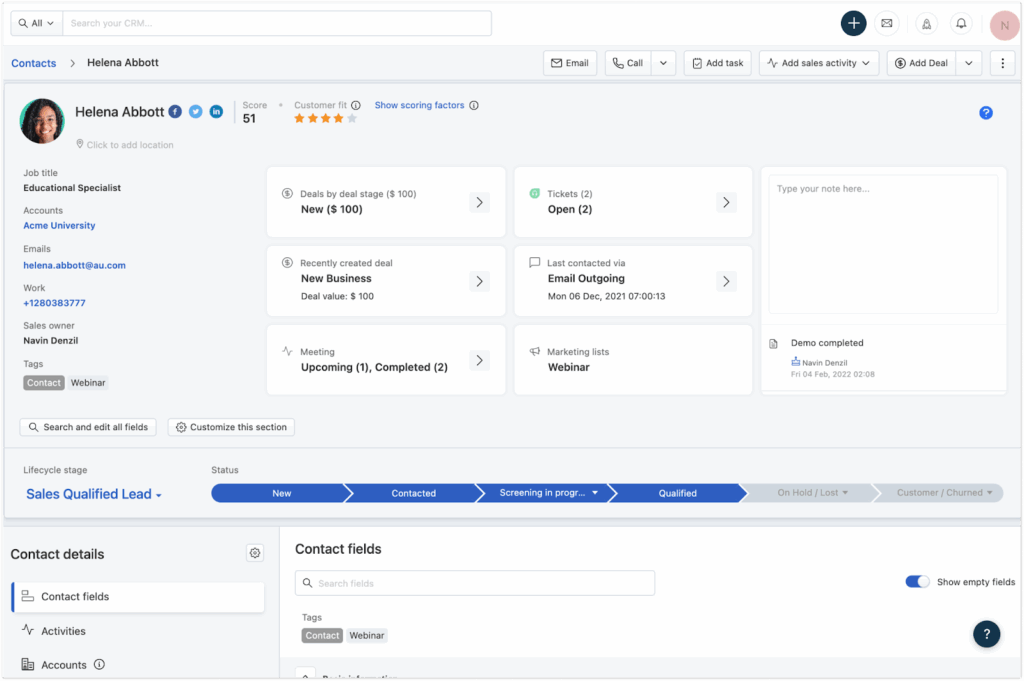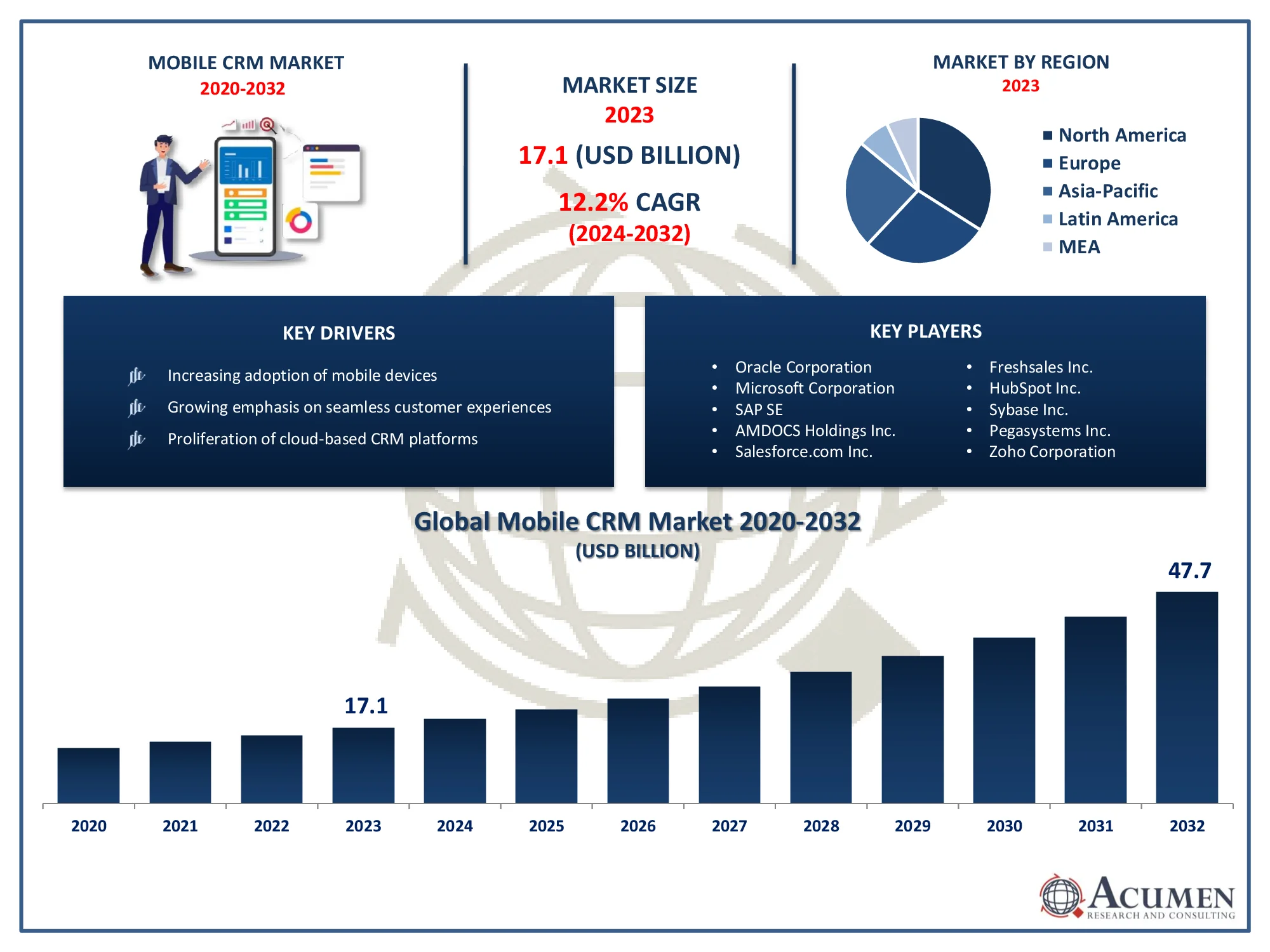
Unlocking Customer Satisfaction: The Power of CRM and Freshdesk Integration
In today’s hyper-competitive business landscape, customer experience reigns supreme. Businesses that prioritize customer satisfaction are the ones that thrive. And at the heart of delivering exceptional customer experiences lies the effective management of customer interactions and data. This is where the dynamic duo of Customer Relationship Management (CRM) systems and help desk software like Freshdesk comes into play. But simply having these tools isn’t enough; it’s the integration between them that truly unlocks their potential.
This comprehensive guide delves into the world of CRM integration with Freshdesk, exploring the benefits, implementation strategies, and best practices to help you create a seamless customer journey. We’ll cover everything from the fundamental concepts to advanced techniques, ensuring you have the knowledge and tools to transform your customer service and drive business growth.
Understanding the Core Concepts: CRM and Freshdesk Explained
What is CRM?
Customer Relationship Management (CRM) is more than just software; it’s a strategic approach to managing and analyzing customer interactions and data throughout the customer lifecycle. A robust CRM system acts as a centralized hub, storing all customer-related information, including contact details, purchase history, support interactions, and marketing engagement. This holistic view of the customer empowers businesses to:
- Personalize customer interactions
- Improve customer retention
- Identify and capitalize on sales opportunities
- Streamline marketing efforts
- Gain valuable insights into customer behavior
Popular CRM platforms include Salesforce, HubSpot, Zoho CRM, and Microsoft Dynamics 365, each offering a range of features and functionalities to cater to different business needs.
What is Freshdesk?
Freshdesk is a cloud-based help desk software designed to provide exceptional customer support. It offers a comprehensive suite of features to manage customer inquiries, track issues, and provide timely resolutions. Key features of Freshdesk include:
- Ticketing System: Manages and organizes customer support requests from various channels (email, phone, chat, social media).
- Knowledge Base: Allows you to create a self-service portal with FAQs, articles, and tutorials, empowering customers to find answers independently.
- Automation: Automates repetitive tasks, such as ticket assignment and escalation, freeing up agents to focus on complex issues.
- Reporting and Analytics: Provides insights into key support metrics, such as response times, resolution rates, and customer satisfaction, allowing you to identify areas for improvement.
Freshdesk is known for its user-friendly interface, affordability, and robust feature set, making it a popular choice for businesses of all sizes.
The Power of Integration: Why CRM and Freshdesk Need to Work Together
While CRM and Freshdesk are powerful tools on their own, their true potential is unleashed when they are seamlessly integrated. The integration between these two systems creates a unified view of the customer, enabling businesses to deliver a more personalized, efficient, and satisfying customer experience. Here’s why CRM and Freshdesk integration is crucial:
Enhanced Customer Service
360-Degree Customer View: Integration provides support agents with instant access to customer information stored in the CRM, such as past purchases, support history, and preferences. This context allows agents to understand the customer’s needs and provide more relevant and personalized support.
Faster Resolution Times: With customer data readily available, agents can quickly identify the issue, access relevant information, and provide solutions more efficiently. This leads to faster resolution times and increased customer satisfaction.
Proactive Support: Integration enables proactive support by allowing agents to identify potential issues before they escalate. For example, if a customer is experiencing a problem with a product, the agent can proactively reach out to offer assistance.
Improved Sales and Marketing Effectiveness
Lead Qualification: CRM data can be used to qualify leads and prioritize support requests, ensuring that high-value customers receive the attention they deserve.
Targeted Marketing: Integration enables targeted marketing campaigns based on customer support interactions. For example, customers who have recently contacted support about a specific product can be targeted with relevant marketing materials.
Improved Sales Insights: Support interactions can provide valuable insights into customer needs and pain points, which can be used to inform sales strategies and identify new sales opportunities.
Increased Efficiency and Productivity
Elimination of Data Silos: Integration eliminates data silos, ensuring that all customer information is accessible in one place. This reduces the need for agents to switch between systems and manually enter data.
Automation of Workflows: Integration allows you to automate workflows, such as ticket creation and assignment, freeing up agents to focus on more complex tasks.
Reduced Manual Errors: By automating data transfer between systems, integration reduces the risk of manual errors and ensures data accuracy.
Implementing CRM Integration with Freshdesk: A Step-by-Step Guide
Integrating CRM with Freshdesk can seem daunting, but with a clear understanding of the process and the right tools, it can be a relatively straightforward endeavor. Here’s a step-by-step guide to help you get started:
1. Planning and Preparation
Define Your Goals: Before you begin, clearly define your goals for the integration. What do you hope to achieve? Are you looking to improve customer service, increase sales, or streamline workflows? Having clear goals will help you choose the right integration method and measure your success.
Choose Your Integration Method: There are several ways to integrate CRM with Freshdesk, each with its own pros and cons:
- Native Integrations: Many CRM and help desk platforms offer native integrations, which are pre-built integrations that are easy to set up and use. These integrations often provide a basic level of functionality.
- Third-Party Integrations: Third-party integration platforms, such as Zapier, Automate.io, and Integromat, offer more flexibility and customization options. They allow you to connect a wider range of apps and create more complex workflows.
- Custom Integrations: Custom integrations involve developing your own integration using APIs (Application Programming Interfaces). This option offers the most control and flexibility but requires technical expertise.
Assess Your Data: Determine which data you want to sync between your CRM and Freshdesk. This might include customer contact information, purchase history, support tickets, and more. Plan how you will map the data fields between the two systems.
2. Setting Up the Integration
Choose Your Integration Method: Based on your goals and technical capabilities, select the integration method that best suits your needs. If you’re using a native integration, follow the instructions provided by your CRM and Freshdesk platforms. If you’re using a third-party integration platform, sign up for an account and connect your CRM and Freshdesk accounts.
Configure Data Mapping: Carefully map the data fields between your CRM and Freshdesk. This ensures that data is transferred accurately between the two systems. Pay close attention to data types and ensure that they are compatible.
Set Up Triggers and Actions: Configure triggers and actions to automate workflows. For example, you can set up a trigger to automatically create a Freshdesk ticket when a new customer is created in your CRM. Or, you can set up an action to update a customer’s CRM record when a ticket is resolved in Freshdesk.
3. Testing and Deployment
Test Your Integration: Thoroughly test your integration to ensure that it’s working correctly. Create test cases to cover different scenarios, such as creating new customers, updating existing customer records, and resolving support tickets. Verify that data is being transferred accurately and that workflows are being automated as expected.
Deploy Your Integration: Once you’ve tested your integration, deploy it to your production environment. Monitor the integration closely for any issues. Be prepared to troubleshoot any problems that arise.
4. Training and Documentation
Train Your Team: Provide training to your support and sales teams on how to use the integrated systems. Explain how to access and use the data from both systems. Ensure that everyone understands the workflows and processes.
Create Documentation: Create documentation that outlines the integration setup, workflows, and troubleshooting steps. This documentation will be a valuable resource for your team.
Best Practices for CRM and Freshdesk Integration
To maximize the benefits of your CRM and Freshdesk integration, consider these best practices:
Data Synchronization and Consistency
Establish a Single Source of Truth: Determine which system will be the primary source of truth for each type of data. This will help prevent data inconsistencies and ensure that your teams are working with the most up-to-date information.
Implement Data Validation: Implement data validation rules to ensure that data is accurate and consistent across both systems. This can include rules for data formatting, data type, and required fields.
Monitor Data Synchronization: Regularly monitor the data synchronization process to identify and resolve any issues. Use monitoring tools to track data transfer rates and identify any errors.
Workflow Automation
Automate Ticket Creation: Automatically create Freshdesk tickets when new customers are created or when specific events occur in your CRM. This ensures that no customer inquiries are missed.
Automate Ticket Updates: Automatically update CRM records when tickets are resolved or when specific actions are taken in Freshdesk. This keeps your CRM data up-to-date.
Automate Notifications: Send automated notifications to customers and agents based on ticket status and other events. This improves communication and keeps everyone informed.
User Training and Adoption
Provide Comprehensive Training: Provide comprehensive training to your support and sales teams on how to use the integrated systems. Explain how to access and use the data from both systems.
Encourage User Adoption: Encourage user adoption by demonstrating the benefits of the integration and providing ongoing support. Make it easy for users to access and use the integrated systems.
Gather Feedback: Gather feedback from your users to identify areas for improvement and make adjustments to the integration as needed.
Security and Compliance
Implement Security Measures: Implement security measures to protect customer data. This includes using secure connections, encrypting data, and restricting access to sensitive information.
Comply with Data Privacy Regulations: Ensure that your integration complies with relevant data privacy regulations, such as GDPR and CCPA. This includes obtaining customer consent, providing data access and deletion options, and protecting customer data from unauthorized access.
Advanced Integration Techniques: Taking it to the Next Level
Once you’ve established a basic CRM and Freshdesk integration, you can explore advanced techniques to further enhance your customer experience and streamline your operations:
Custom Fields and Data Enrichment
Create Custom Fields: Create custom fields in both your CRM and Freshdesk to store specific information that is relevant to your business. This can include information about product preferences, support history, or other custom data points.
Enrich Data: Enrich your CRM data with information from Freshdesk, such as support ticket history, customer satisfaction scores, and resolution times. This provides a more complete view of the customer and enables more personalized interactions.
Advanced Automation
Automate Ticket Routing: Automate ticket routing based on customer data, such as industry, product, or support history. This ensures that tickets are routed to the most appropriate agents.
Automate Escalation: Automate ticket escalation based on priority, urgency, or customer satisfaction. This ensures that critical issues are addressed promptly.
Reporting and Analytics
Create Custom Reports: Create custom reports to track key metrics, such as customer satisfaction, resolution times, and support costs. This provides insights into your support performance and helps you identify areas for improvement.
Integrate with Business Intelligence Tools: Integrate your CRM and Freshdesk data with business intelligence tools to gain a deeper understanding of your customer behavior and identify trends.
Troubleshooting Common Integration Issues
Even with careful planning and implementation, you may encounter some common integration issues. Here are some troubleshooting tips:
Data Synchronization Errors
Check the Integration Logs: Check the integration logs in both your CRM and Freshdesk to identify any errors. The logs will provide information about the cause of the errors.
Verify Data Mapping: Verify that the data mapping between the two systems is correct. Ensure that data fields are mapped accurately and that data types are compatible.
Check API Limits: Check the API limits of your CRM and Freshdesk platforms. If you’re exceeding the API limits, you may experience data synchronization errors.
Workflow Automation Issues
Check Triggers and Actions: Check the triggers and actions that you’ve configured to ensure that they are working correctly. Verify that the triggers are firing when they should and that the actions are being executed as expected.
Review Automation Rules: Review your automation rules to ensure that they are not conflicting with each other. Conflicting rules can cause unexpected behavior.
Test Your Workflows: Test your workflows thoroughly to ensure that they are working as expected.
User Adoption Challenges
Provide Adequate Training: Provide adequate training to your users on how to use the integrated systems. Make sure they understand the workflows and processes.
Address User Concerns: Address any concerns that users may have about the integration. Listen to their feedback and make adjustments as needed.
Provide Ongoing Support: Provide ongoing support to your users to help them troubleshoot any issues they may encounter.
The Future of CRM and Freshdesk Integration
The integration between CRM and Freshdesk is constantly evolving, with new features and capabilities being added regularly. Here are some trends to watch for:
Artificial Intelligence (AI) and Machine Learning (ML)
AI-Powered Chatbots: AI-powered chatbots are becoming increasingly sophisticated, providing instant support and resolving simple issues. These chatbots can be integrated with both CRM and Freshdesk to provide a seamless customer experience.
Predictive Analytics: AI and ML can be used to analyze customer data and predict future behavior. This can help businesses proactively address customer needs and identify potential issues.
Enhanced Personalization
Personalized Customer Journeys: Businesses are increasingly focusing on creating personalized customer journeys. CRM and Freshdesk integration enables businesses to tailor interactions based on customer data and preferences.
Personalized Content: CRM and Freshdesk integration can be used to personalize content, such as knowledge base articles and marketing materials. This ensures that customers receive relevant information.
Increased Automation
Automated Workflows: Automation is becoming more sophisticated, with businesses automating more and more tasks. CRM and Freshdesk integration can be used to automate complex workflows, freeing up agents to focus on more strategic tasks.
Automated Reporting: Automated reporting tools can be used to generate reports automatically, providing insights into customer behavior and support performance.
Conclusion: Embracing the Power of Integrated Customer Experience
CRM and Freshdesk integration is no longer a luxury; it’s a necessity for businesses that are serious about delivering exceptional customer experiences. By seamlessly connecting these two powerful tools, you can unlock a wealth of benefits, including enhanced customer service, improved sales and marketing effectiveness, and increased efficiency and productivity.
By following the steps outlined in this guide and embracing best practices, you can successfully implement CRM and Freshdesk integration and transform your customer service operations. Remember to start with clear goals, choose the right integration method, and carefully plan your data synchronization and workflow automation. Ongoing monitoring, user training, and continuous improvement are key to maximizing the value of your integrated systems.
As technology continues to evolve, so will the capabilities of CRM and Freshdesk integration. Stay informed about the latest trends and innovations, and be prepared to adapt your strategies to meet the ever-changing needs of your customers. By embracing the power of integrated customer experience, you can build stronger customer relationships, drive business growth, and achieve lasting success.

